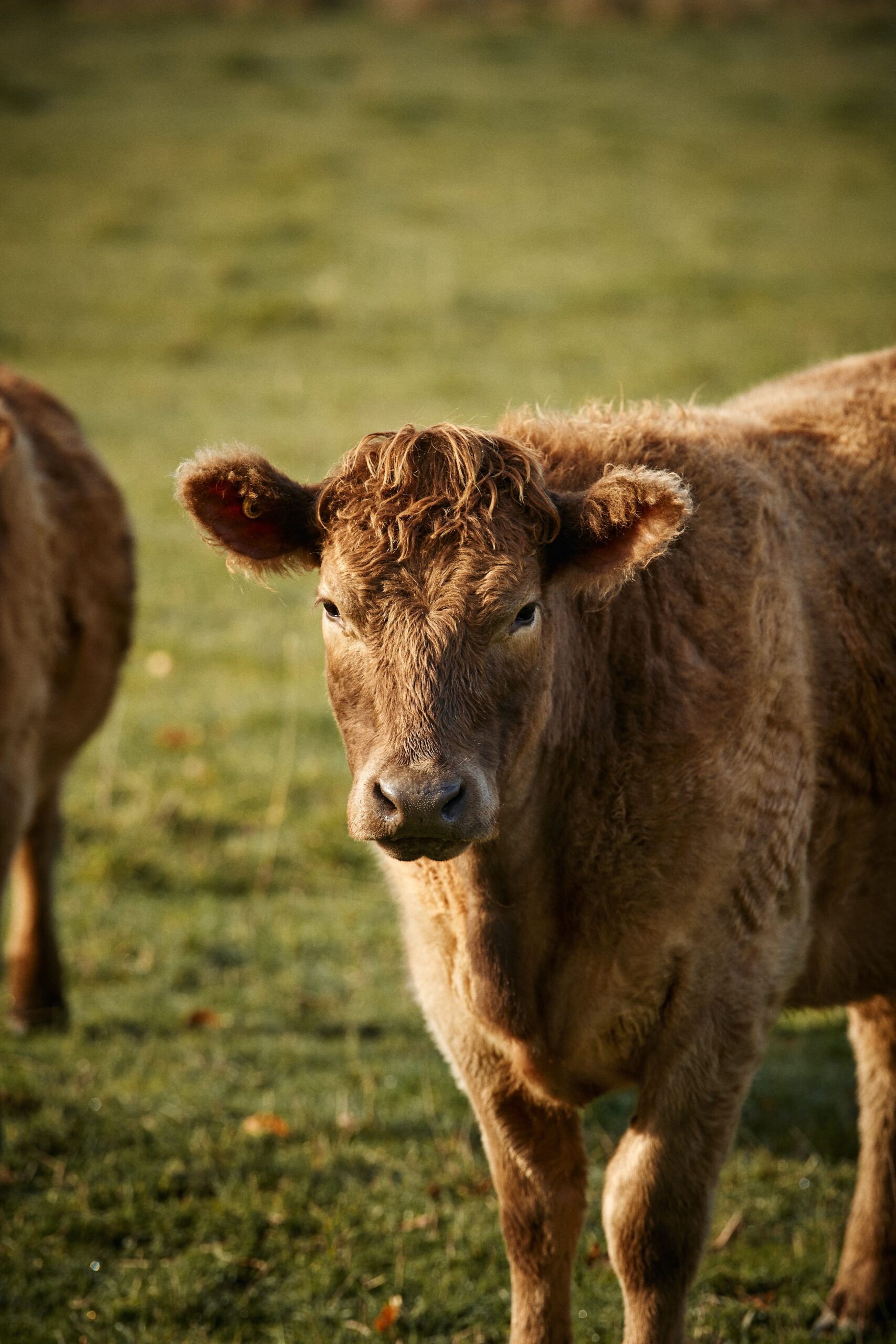FRAMEWORKS
Industry codes and frameworks
The Ruminati emissions calculator supports producers to adhere to a number of industry codes and frameworks including the:
- Australian Agricultural Sustainability Framework
- Australian Farm Data Code
- National Greenhouse Gas Inventory
Australian Agricultural Sustainability Framework
The Ruminati emissions calculator supports producers to adhere to the Australian Agricultural Sustainability Framework (AASF) by providing data required for the Environmental Stewardship theme (Greenhouse Gases and Air category).
Our emissions calculator allows producers to measure and report their progress against Principle 1: Net anthropogenic emissions are limited to minimise climate change, by providing data against:
- Criteria 1: GHG emissions are reduced throughout lifecycle;
- Criteria 2: Carbon emissions are sequestered throughout lifecycle; and
- Criteria 3: Where necessary GHG emissions are offset throughout lifecycle by purchasing recognised credits or participating in recognised projects.
Using a Ruminati baseline report created HERE, producers can demonstrate emissions reductions and sequestration in line with the AASF.


Australian Farm Data Code
Ruminati aligns with the Farm Data Principles as outlined in the Farm Data Code:
- Transparent, clear and honest collection, use and sharing of farm data
- Fair and equitable use of farm data
- Ability to control and access Farm Data
- Documentation and Record Keeping
- Portability of Farm Data
- Keeping Farm Data Secure
- Compliance with National and International Laws
National Greenhouse Gas Inventory
The Ruminati emissions calculator uses the Australian National Greenhouse Gas Inventory (NGGI) equations to calculate emissions. The emissions factors for farm inputs are sourced from the 2022 National Greenhouse Accounts Factors Workbook.
Each DSE or AE you manage has an emissions factor applied. These factors are derived from the 2020 NGGI Inventory reference equations for determining enteric methane emissions. Ruminati also uses the best available enteric methane yields for beef cattle as determined by Charmley et al (2016) and enteric methane yield for sheep as determined by Howden et al (1994).
The emissions factors for inputs in crop enterprises are sourced from the greenhouse accounting framework for crop production, based on the NGGI methodology.

